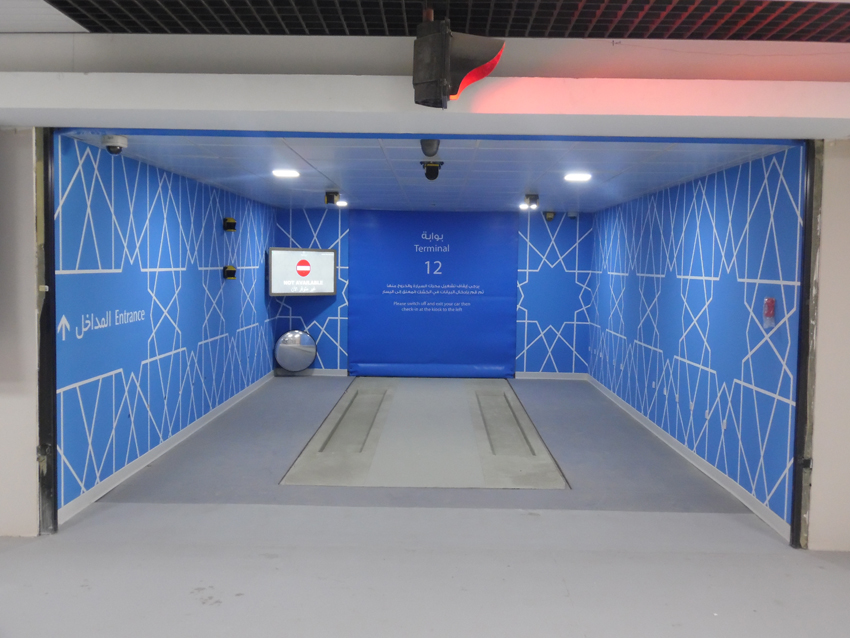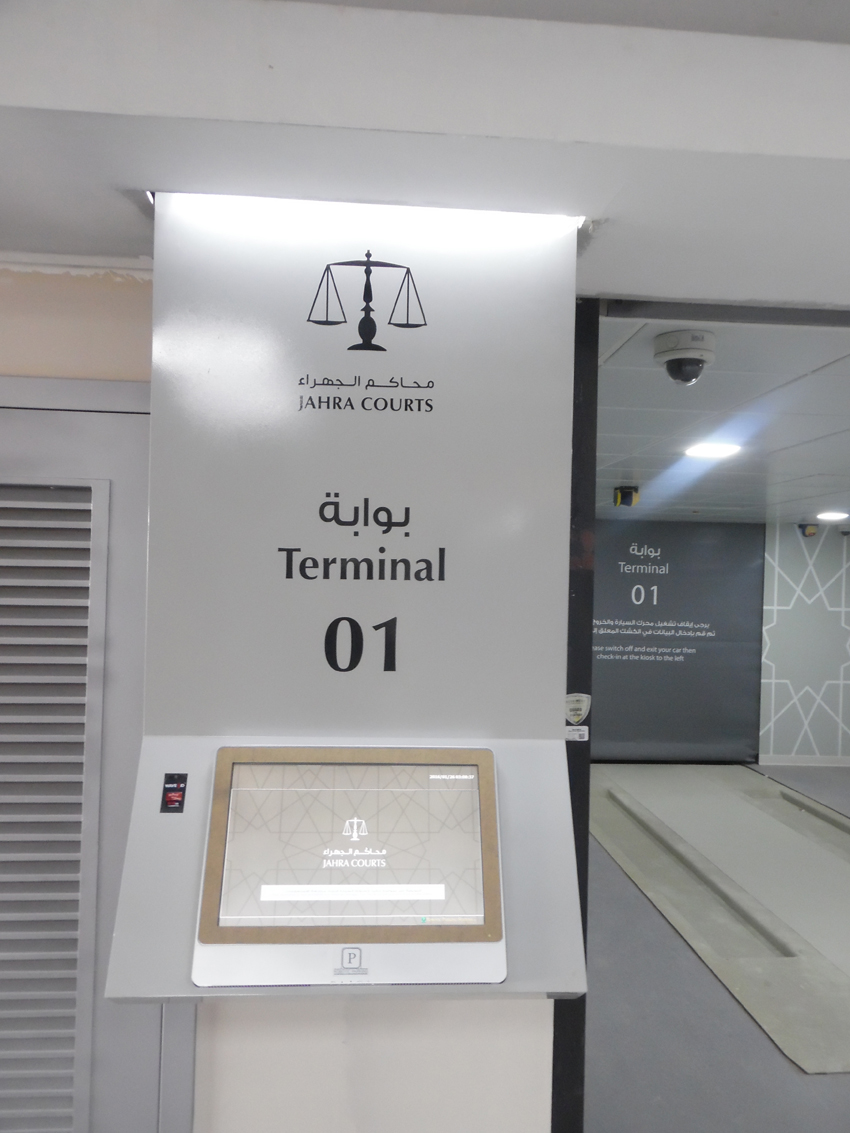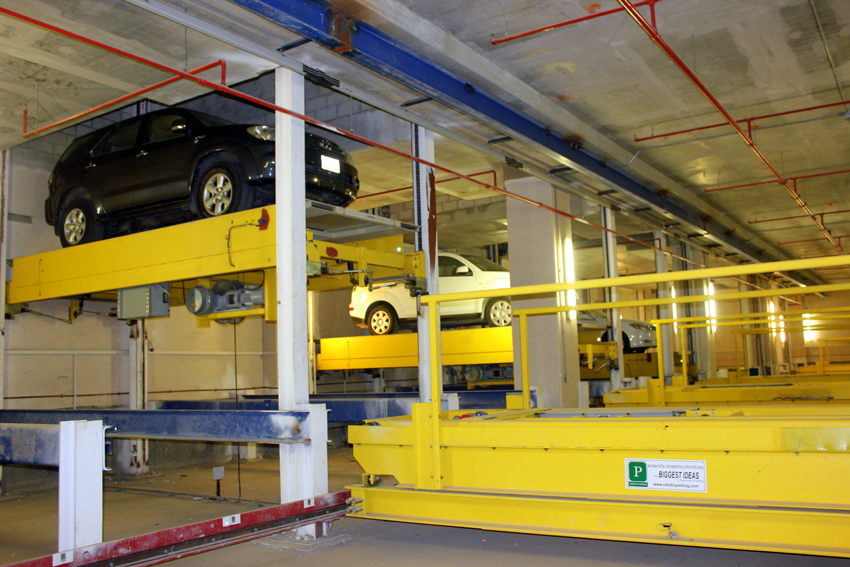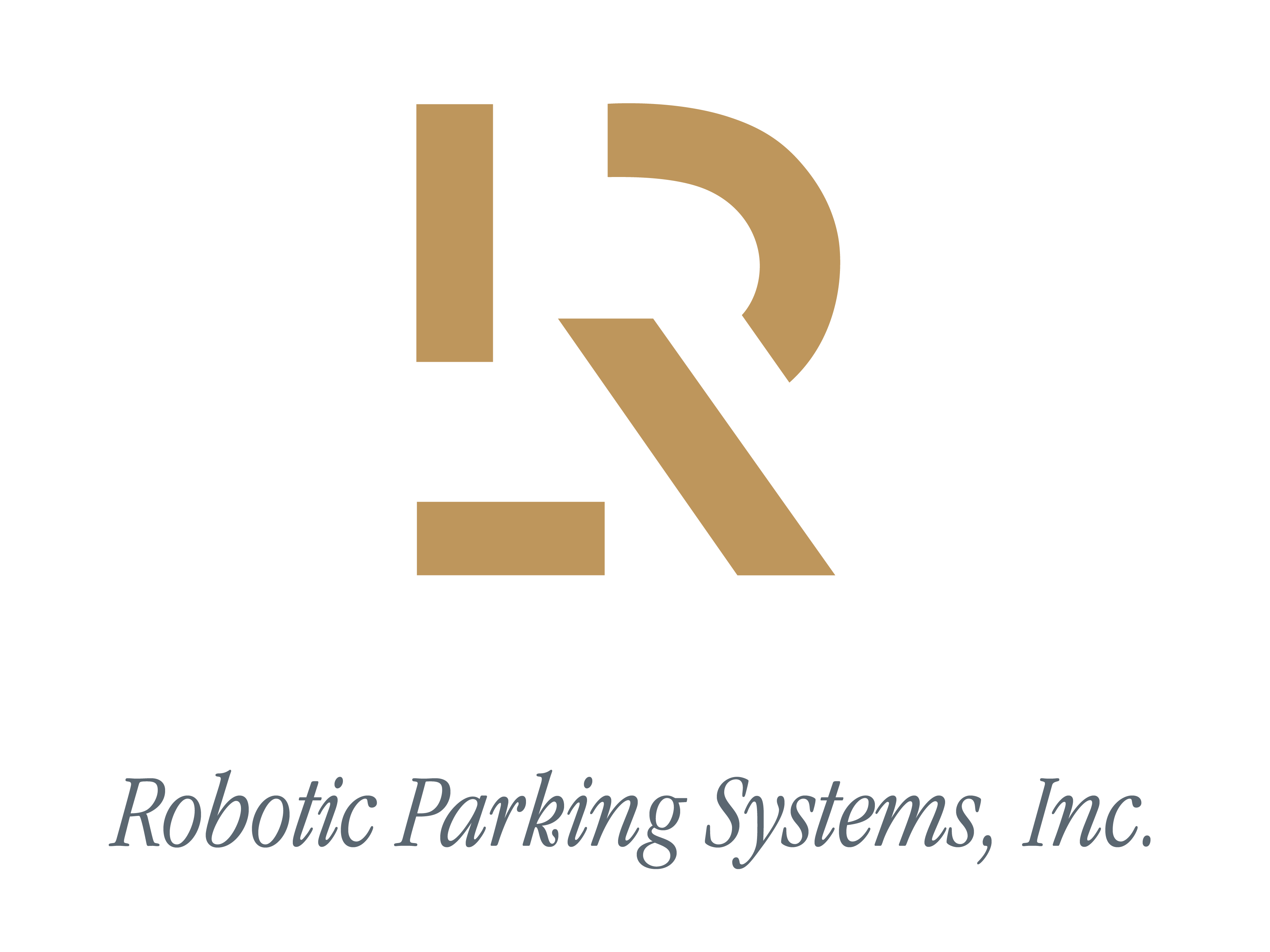What Is in the Contract?
When the Owner Takes Over
Tests on Completion
Following installation, the supplier will conduct testing of the APS. The mechanical peak-traffic capacity should be demonstrated by testing 10 percent of the peak traffic successfully. If the testing cannot be completed due to delays in other parts of the building project that are not completed, the supplier will need extra time to do the testing. This testing is typically a prerequisite of the owner taking possession and should be verified by a trusted and technically accredited third party.
However, if the testing of car parking is delayed more than 30 days due to no fault of supplier, the “taking-over certificate” may be issued, and the supplier may demobilize form the site. When the conditions are right, the owner may request and compensate the supplier to remobilize to conduct the testing.
Owner or Consultant Taking-Over Certificate
When installation has been substantially completed and has satisfactorily passed the required tests on completion, the supplier may give a notice to that effect to the owner or consultant, accompanied by a written undertaking to finish with due expedition any outstanding work during the defects liability period. The owner then issues the supplier a “taking-over certificate” stating the date on which, in his/her opinion, the work was substantially completed in accordance with the contract, or provide a punch list of items based on contract requirements that must be completed during defects liability period. Or, if the owner uses the system for parking, the owner is deemed to have issued a taking over.
Completion of Outstanding Work and Remedying Defects
For an APS, the defects liability period is typically one year from the date of the taking-over certificate, excepting normal wear and tear. If a defect appears or damage occurs, the supplier should be notified accordingly, by (or on behalf of) the owner.
The supplier should be responsible to remedy defects or damage only if defects are attributable to items for which the supplier is directly responsible for under the contract. Of course, the supplier should not be responsible for any defects as a result of improper operation and maintenance of the parking system.
The owner or consultant should issue a performance certificate or defects liability certificate within 28 days after the expiration date of the defects liability period, or as soon thereafter as supplier has completed the system, including remedying any defects.
Guarantees and Warrantees
Guarantees and warranties need to be spelled out clearly. For the case study presented here, the supplier warranted to the owner that materials and equipment furnished under the contract were of good quality and new, that the system and installation was in accordance with the norms of industry standard, and that the APS conformed to the contract and was fit for the intended purpose. The latter included that the system is fit for the intended purpose of parking 425 cars per hour.
However, this warranty excluded remedy for damage or defect caused by abuse, fire, or water originating outside of the APS, modifications not executed by the supplier, improper operation, force majeure, and wear and tear under normal use. Also, the supplier assigned to the owner all warranties and guaranties received from the original manufacturers and distributors of equipment components and programs incorporated into the APS.
The main electrical supplier provided an extended warranty of two years from the delivery date of parts. A 10-year warranty applied to all steel structural elements as well as all machine frames with welded elements. For any project, if a maintenance and service contract is executed, complete system warranty is covered for the life of the agreement. This is a very vital point for the owner.
Conclusion
APSs are the future. They offer up to three-and-a-half times as many parking spots as conventional parking garages in the same volume. This saved space can be used for more profitable uses or even green space. Automatic parking is safer for users and is a more pleasant experience. These systems offer a “wow factor” for buildings to attract tenants. While these innovative and proven systems bring multitudes of benefits and are increasingly specified, there is not yet a standard contract to guide a successful project from inception to completion, and which protects both the owner and the supplier. This course demonstrates how the largest automatic parking garage in the world came into being, plus elements of the contract that made it happen.
Kathy Price-Robinson writes about building and design. Her remodeling series “Pardon Our Dust” ran 12 years in the Los Angeles Times. She specializes in buildings that are durable and resilient to climate disruptions, as well as products and designs that provide shade in hot climates. www.kathyprice.com












